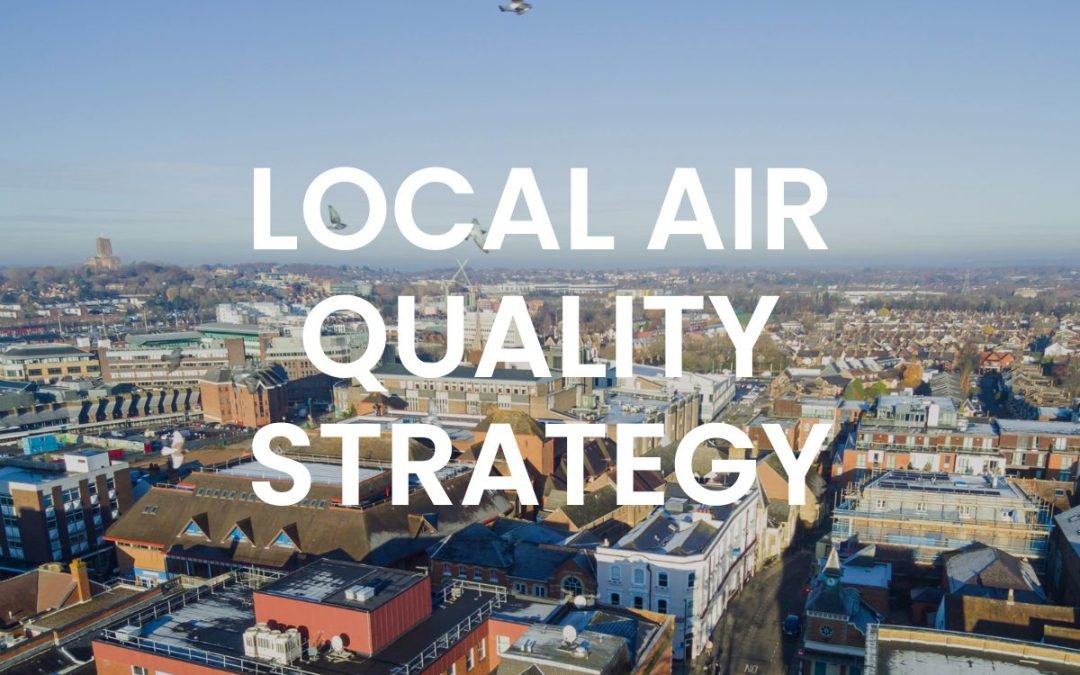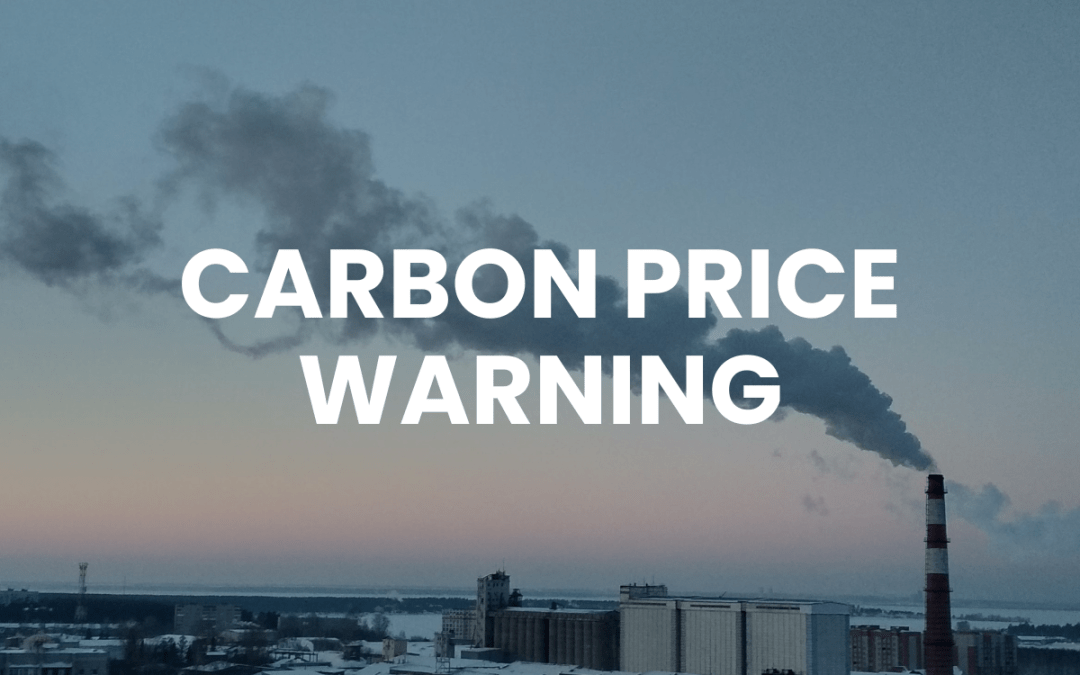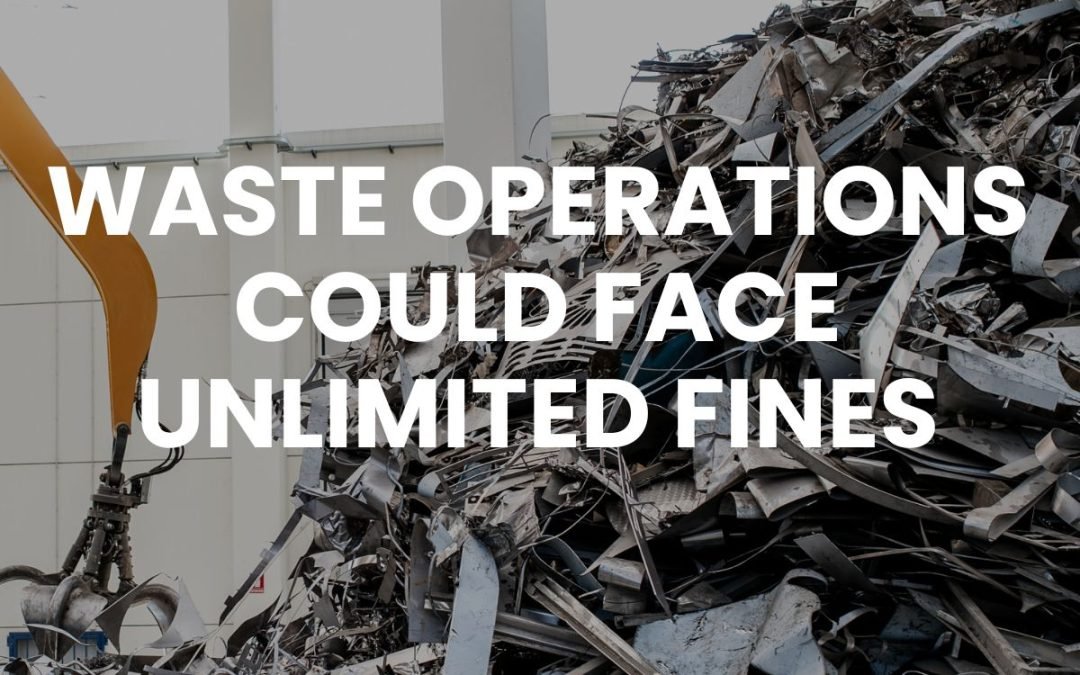Since the Paris Agreement, many governments, investors, customers, and regulators are demanding that businesses take the necessary steps to ensure that they keep climate change at the forefront of their operations. Air pollution is still one of the leading causes of death globally (WHO), and supply chains are one of the main contributors to poor air quality.
For many businesses and public sector organisations, their end-to-end supply chain emissions are far greater than the emissions from their operations. Global supply chains account for a huge percentage of greenhouse gas emissions.
Most of these emissions are embedded in the supply chain including in the materials, freight transport, agriculture, and operations.
Air Pollution and Supply Chains
As supply chains continue to grow in complexity and frequency, it is important for organisations to identify the level of their emissions and to take steps to mitigate them.
There is significant data that links supply chains to air pollution and environmental degradation. Producing goods, transporting them, and disposing of them all lead to adverse environmental impacts.
Statutory regulations relating to emissions are expected to increase, as is the pressure from consumers and end-users who expect organisations to be well on the journey to decarbonisation.
With the UK government announcing that it wants to significantly reduce its carbon emissions by 2035, the UK is now leading the world in the drive for decarbonisation.
What Businesses Need To Do
Organisations who are serious about decarbonisation need to tackle their supply chains.
There are SIX key elements that need delivering:
- Data-driven: ensure you have the programmes in place to track accurate and real-time data about your emissions. Knowing your emissions baseline is the single most effective step any organisation can take to minimise emissions. Once you have a baseline you can track and map mitigation and measure performance.
- Set reduction targets: organisations should have full transparency when it comes to their supply chain emissions. Make sure you cascade your targets down through the supply chains.
- Include emissions metrics in procurement processes: making sure you have emission reduction targets for suppliers via your procurement process means you can address decarbonisation early and effectively upstream it.
- Supplier transparency: ensure your suppliers have the knowledge and experience to reduce their own emissions. Provide education and signpost to software if you can and commit to long-term partnering.
- Sustainability designs and equipment: sustainability should be part of the decision-making process.
- Accountability: once you have transparency on your supply chain emissions, you should report progress publicly and commit to the changes that are needed.
The Decarbonisation Journey
According to the World Economic Forum, decarbonisation of your supply chain can be one of the most important and impactful steps any organisations can take when it comes to reducing emissions.
In order to decarbonise, organisations need to ensure that every link within their supply chain is committed to reducing emissions and setting decarbonisation goals and targets.
This means that each element of the supply chain needs to have access to accurate data relating to its own carbon footprint. This data will provide the insight they need to ensure that they set reduction targets and formulate mitigation measures.
If every supplier within the chain can take accountability for their part of the supply chain, the ripple effects are far more impactful than if one standalone organisation is taking measures without requiring the same from others in the chain.
Understanding the link between pollution levels and supply chains can appear to be difficult. However, there is help at hand. Sensors, technology, and data all cohere to ensure that the supply chain is manageable and accountable.
Challenges to Overcome
Whilst setting decarbonisation targets is one thing, delivering against the targets is another. For many organisations, achieving their targets can present an economic and technical challenge.
To overcome the challenges, organisations can start by taking the following steps:
- Collaboration: What is needed is a collaborative approach between companies, governments, stakeholders, supply networks and industry groups. Collaboration not only increases visibility but also means the responsibility and costs are shared.
- Innovation and technology: ensure that you are willing to invest in the technology and data needed to identify your carbon footprint.
Supply chains play a key role as game-changers in the fight against climate change.
Just as social networks have become the norm globally, companies need to ensure they have their own supply chain networks where they can align their approach to sustainability and work collaboratively.
In addition, if companies are wanting the ever-increasing global consumer class to engage and support them, then they need to engage with the issues consumers are concerned with.
The next decade will present a huge opportunity for companies to lead the move towards decarbonisation. Poor sustainability and high carbon footprints are two key factors that consumers are becoming more aware of.
Historically, organisations will have focused on tracking their value, sales, profits and losses. Today, these same organisations understand the reality that they need to also track their emissions and sustainability across their entire supply chain.
EMSOL technology and our innovation approach enables businesses to reduce pollution in their supply chains and honour their sustainability pledges to their employees, communities, funders, and governments. EMSOL is dedicated to support leading businesses tackle all SIX of the key activities essential for reduce pollution levels. Improving the air quality of all the people involved day to day in supply chain happens slowly and so it is essential to start something today.
The technology and data available help organisations to understand the complexity of their supply chain and how best to optimise them. To tackle the problem of emissions and scale the solutions faster, an integrated and data-driven approach to managing supply chains is required.





